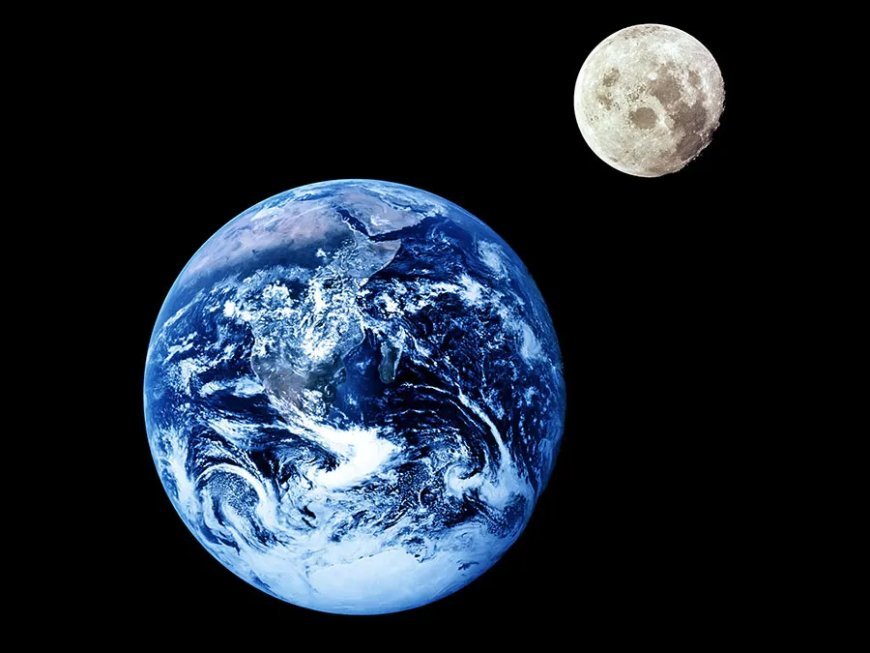What is the Distance Between the Earth and the Moon
An informative article discussing the varying distance between the Earth and the Moon. It covers concepts such as perigee, apogee, supermoons, and the influence of the moon on ocean tides and solar eclipses.

What is the Distance Between the Earth and the Moon: How Far Away Is the Moon?
The moon, our closest celestial neighbor, has been a constant companion to Earth, inspiring curiosity and wonder throughout human history. But how far is the moon from Earth? The answer to this question can change depending on when you ask it1.
Average Distance
The average distance between the Earth and its only natural satellite is about 238,855 miles (384,400 kilometers)1. This distance is roughly 30 times the Earth’s diameter or 1.28 light-seconds2. To put it in perspective, if the Earth were the size of a basketball, the moon would be the size of a tennis ball and they would be about 25 feet apart.
Perigee: The Moon’s Closest Approach
The moon does not orbit Earth in a perfect circle, so there are times when it is closer or farther away from our planet than this average distance1. When the moon reaches its shortest distance to Earth — known as perigee — it is about 226,000 miles (363,300 km) away1. This event can coincide with a full moon phase, creating what is commonly referred to as a supermoon1. Supermoons appear roughly 17% bigger and 30% brighter than the faintest moon of the year1.
Apogee: The Moon’s Farthest Point
Conversely, when the moon is at its farthest distance from Earth, known as apogee, it is about 251,000 miles (405,500 km) away1. One of the clearest natural visuals for apogee are annular, or “ring of fire,” solar eclipses1. During these events, the moon’s longer distance from Earth means that the lunar disk will appear much smaller in the sky, leaving a ring of the solar disk visible to spectators1.
The Moon’s Influence
The moon’s distance from Earth affects the strength of ocean tides and the appearance of solar eclipses in our skies1. Its gravity exerts a pulling force on Earth’s oceans to produce tides, and the moon’s closer proximity to Earth around perigee can also trigger higher-than-usual tides1.
Conclusion
The distance between the Earth and the moon is not a fixed value but varies over the course of its orbit. Understanding this distance and its variations is crucial for many aspects of astronomy and has implications for testing gravitational theories such as general relativity3, and for refining other astronomical values, such as the mass, radius, and rotation of Earth3. So, the next time you gaze up at the moon, remember that its distance from us is part of a cosmic dance that influences our planet in many ways.
What's Your Reaction?








